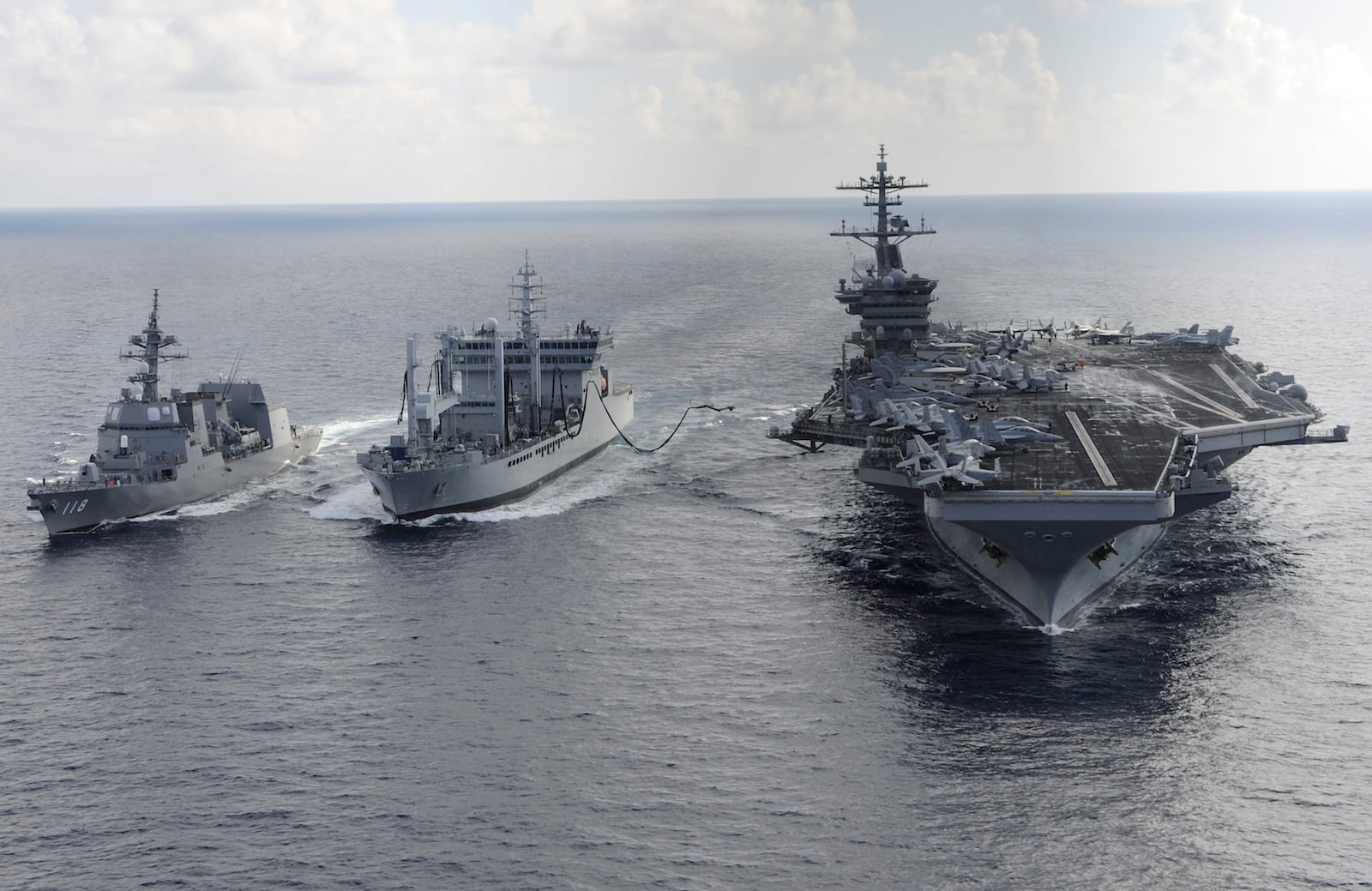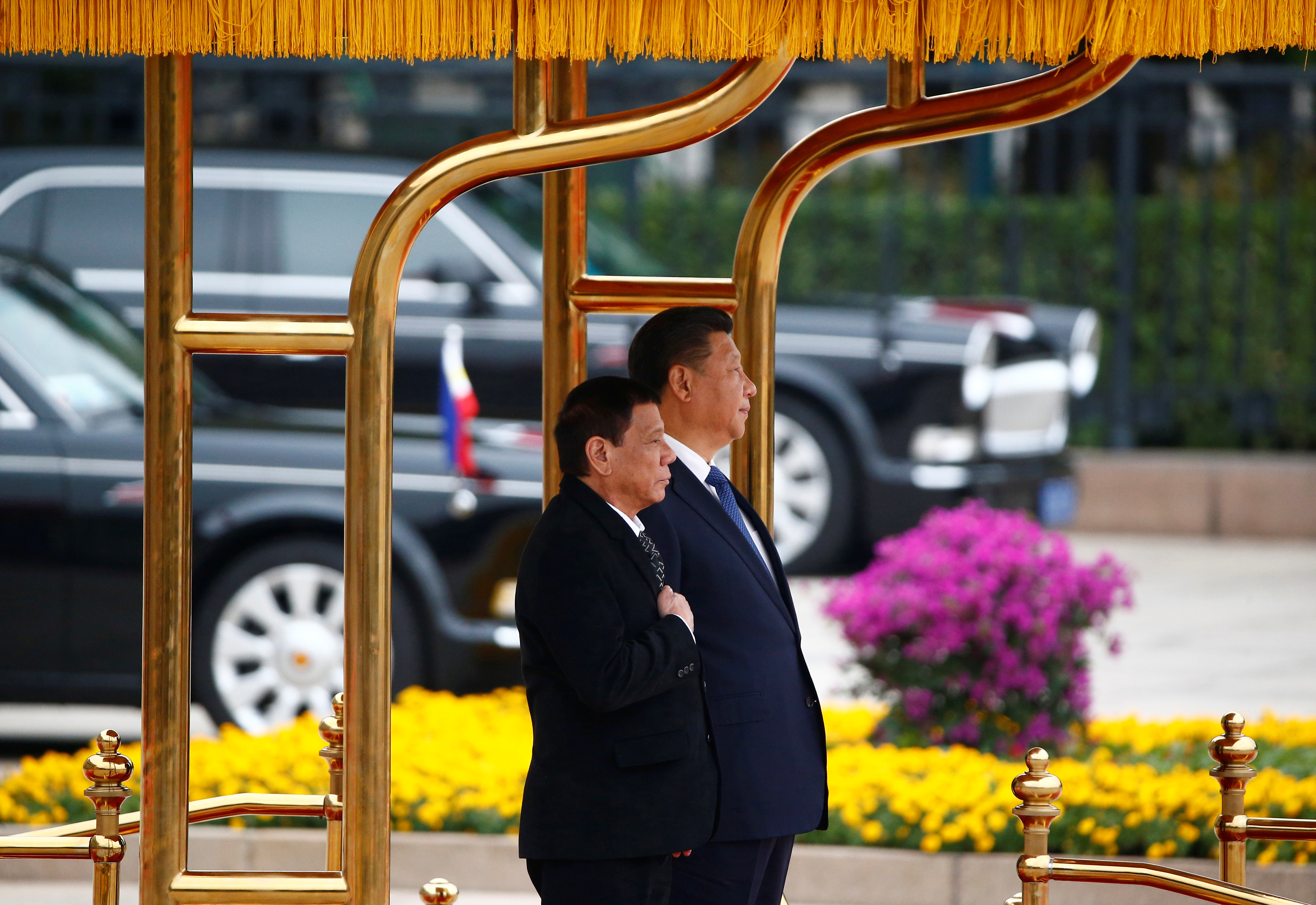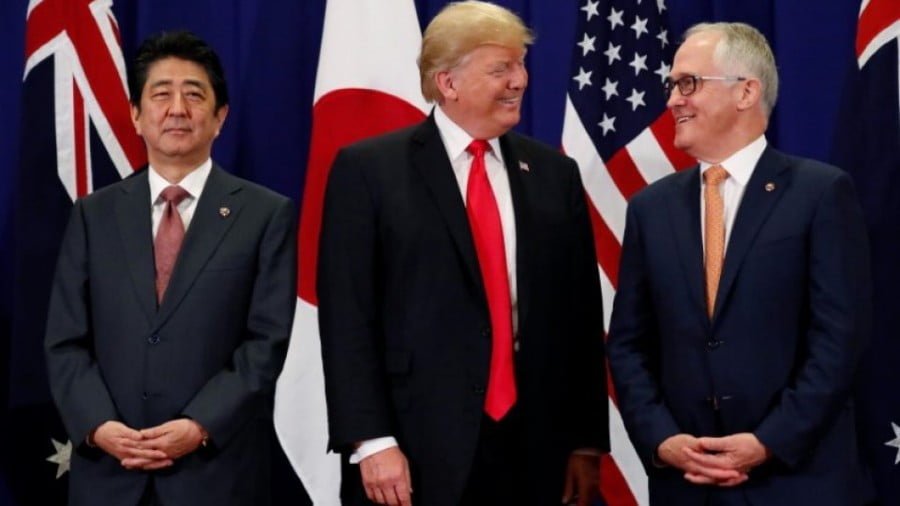Revived ‘Quad’ Alliance Eggs on China’s Response
China’s territorial assertiveness has rapidly revived the long-dormant Quadrilateral (Quad) alliance among major maritime powers India, Japan, Australia and the United States.
A renewed sense of urgency among China’s strategic rivals is being driven partly by growing frustration with the Association of Southeast Asian Nations (Asean) grouping’s inability to tame Beijing’s geopolitical ambitions through dialogue and engagement.
With Asean’s centrality in question, classic balance of power calculations are beginning to define the future of the Asia-Pacific’s strategic order – or disorder, as it may become. The major risk with the Quad’s formation is that, viewed by Beijing as a provocation, it fuels rather than constrains China’s maritime assertiveness, particularly in the South China Sea.
In recent years, China’s Quad rivals have stepped up joint naval drills among themselves, while hosting various high-profile exercises aimed at defending freedom of navigation and overflight in international waters.
India is set to host an eight-day joint naval exercise around the Andaman and Nicobar Islands, a highly strategic group of islands at the crossroads of the South China Sea and Indian Ocean. As many as 16 nations, including Australia, Indonesia, Vietnam and Singapore, are set to participate in the exercises.
Interestingly, the exercises were announced shortly after an agreement was reached between China and Asean to hold their first ever joint naval exercises later this year.

Last year, Washington, Tokyo and New Delhi participated in the Malabar naval exercises staged in India, with a heavy focus on anti-submarine warfare (ASW), a crucial area of vulnerability for China’s rising naval power.
It was the second time that the maritime powers conducted the week-long drills, which are expected to be regularized in coming years.
Quad nations are also contemplating further coordinated countermeasures in the South China Sea in order to keep Beijing’s expanding footprint in the area in check. The anticipated appointment of US Pacific Command chief Admiral Harry Harris, a known China hawk, as new US ambassador to Australia is expected to further institutionalize such efforts.
Harris, a Japanese-American by birth, has been a key architect of America’s broader “Indo-Pacific” strategy, which is anchored through the growing participation of democratic powers in Asia to preserve the US-led liberal order in the region.
Under Harris’ watch, Washington has been requesting Australia and other major allies to participate in its Freedom of Navigation Operations (FONOPs), which directly challenge China’s perceived as excessive claims in the South China Sea.

As an incoming top diplomat, he is expected to lobby hard for more concrete naval countermeasures among the Quad nations, including Australia.
Harris’ strategic views build on the earlier “democratic security diamond” vision of Japanese Prime Minister Shinzo Abe, who has sought to counterbalance China’s maritime power through strengthened coordination among like-minded Asian powers.
In recent months, US President Donald Trump administration officials have consistently used the term “Indo-Pacific”, rather than “Asia-Pacific”, during their visits to Asia, signaling high-level acceptance of the Abe-Harris geopolitical paradigm.
To be sure, China is not the only force that is driving the Quad alliance. To the chagrin of Washington and its major allies, Asean has increasingly toed Beijing’s line on major flashpoints such as the South China Sea disputes.
In the past, there was cautious optimism among major regional powers that Southeast Asian nations would collectively stand up to as well as socialize their powerful northern neighbor along more pacifist, multilateralist principles.

Instead, China has managed to divide and conquer Asean through its reliable allies Cambodia and Laos, allowing it to turn the regional body that was first formed to counter communism into a de facto shield against its rivals.
This new trend was particularly acute under last year’s chairmanship of Philippine President Rodrigo Duterte, who effectively told the US and other major powers to stay out of the South China Sea disputes in favor of bilateral deals between China and its smaller Southeast Asian partners.
Major Asean members, including Singapore and Indonesia, have echoed Beijing’s claim that the situation in the area is generally “stable”, even though China’s massive reclamation activities and full-fledged militarization of artificially-created islands in the South China Sea have gone unabated.
Uncertain about America’s commitment to the region, and wooed by China’s massive economic carrots, Asean appears to have opted for graceful accommodation with its northern neighbor despite its rising naval prowess in nearby waters.
There is no guarantee, however, that the Quad nations themselves will ever form a strong enough counter-alliance to deter China’s ambitions.

Since the early 2000s, India, Japan, Australia and the US have consistently talked about forming a robust coalition, yet internal bickering, tempestuous domestic politics, fears of undermining lucrative economic ties with China, as well as a lack of cohesive vision and leadership have diminished the prospective alliance.
India, for its part, remains deeply adamant about not following in America’s footsteps, while Australia is particularly intent on preserving its strong economic relationship with China. Japan and the US, meanwhile, have been constrained by the vicissitudes of their respective domestic politics.
Nonetheless, China has openly characterized the Quad as a provocative encirclement strategy.
This has given Beijing a perfect pretext to fortify its military footprint in adjacent waters through a growing naval presence, large-scale reclamation activities and deployment of advanced weapons systems to the South China Sea.
If present trends hold, the emerging Quad-China rivalry could quickly undermine Asean’s past role in shaping the region’s security architecture and keeping relative peace. Southeast Asian countries will either rise to the occasion, or risk becoming a mere bystander to the region’s escalating great power contest.
By Richard Javad Heydarian
Source: Asia Times







